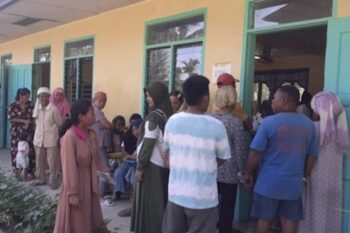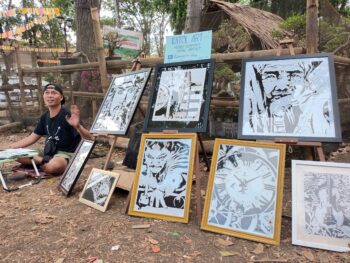BUTUAN CITY (MindaNews / 14 April) – While we are currently dealing with the world coronavirus pandemic, it would be worthwhile to consider the great epidemics over the centuries. History provides us the proper perspective in coping with epidemics, and affords us that mental equanimity and optimism that all bad things can end.
Epidemics have been a periodic feature in the history of man. In the long term, it assists in the positive evolution of man. After every epidemic, people developed immunity, that is, until another mass illness brought about by another evolution of disease. And there are great episodes of public health triumph with the development of vaccines and preventive practices; we all know this with the eradication of smallpox, polio, cholera, etc.
There was a serious medical event right at the early years of the American colonial era – the cholera epidemic stretching between March 1902 till April 1904. Overall, the recorded public health data showed the reported death at 109,461 all over the country. The highest rates among provinces occurred in Iloilo (19,095), Cebu (9,983), Pangasinan (5,478), and Manila (4,386).
In Surigao province (Butuan and the Agusan area belonged to the province of Surigao from 1861 until 1907), as the cholera epidemic raged, it suffered a double whammy with the emergence of smallpox. Not long after the end of the cholera epidemic, people would suffer a rash of typhoid fever.
It has become a morbid saying among the old folks in Butuan, which I remember in my youth: “ang galubong hong mimatay hong cholera doon, pigalubong isab pagka-konsum.” [Those who buried the dead cholera victims today would in turn be buried tomorrow.] It was a remark that was a throwback of a dreaded event many decades earlier, but a psychological trauma that stayed with the latter generations.
Public health has progressed exponentially so that cholera is not anymore a threat, but other pandemics would continue to threaten our earth over the next generations. A lesson that should teach us that the evolution of disease and the efforts of mankind to survive it is a continuing Sisyphean struggle.
(Greg Hontiveros of Butuan City is an independent researcher on historical studies. Hontiveros has two published books and a dozen papers published in the Journal of History and some university journals. His focus is on aspects of Mindanao history and culture. This piece is an excerpt from his book, “Butuan of a Thousand Years.”)







